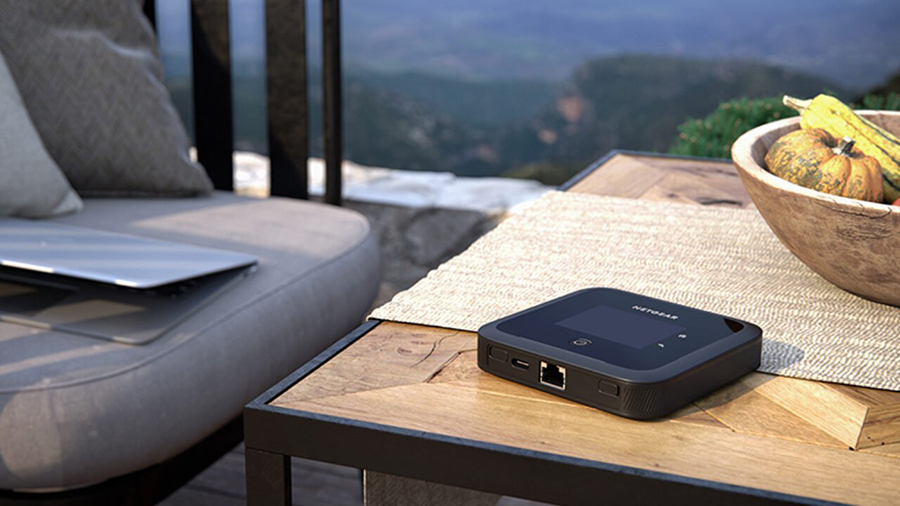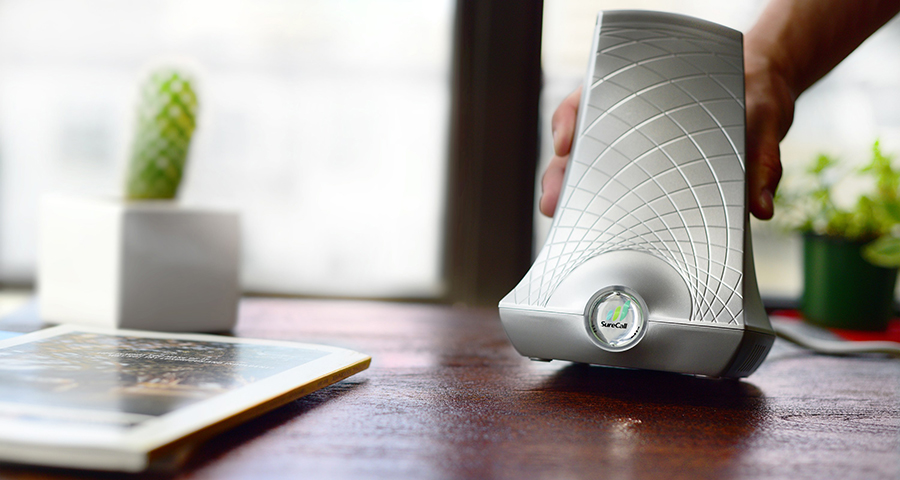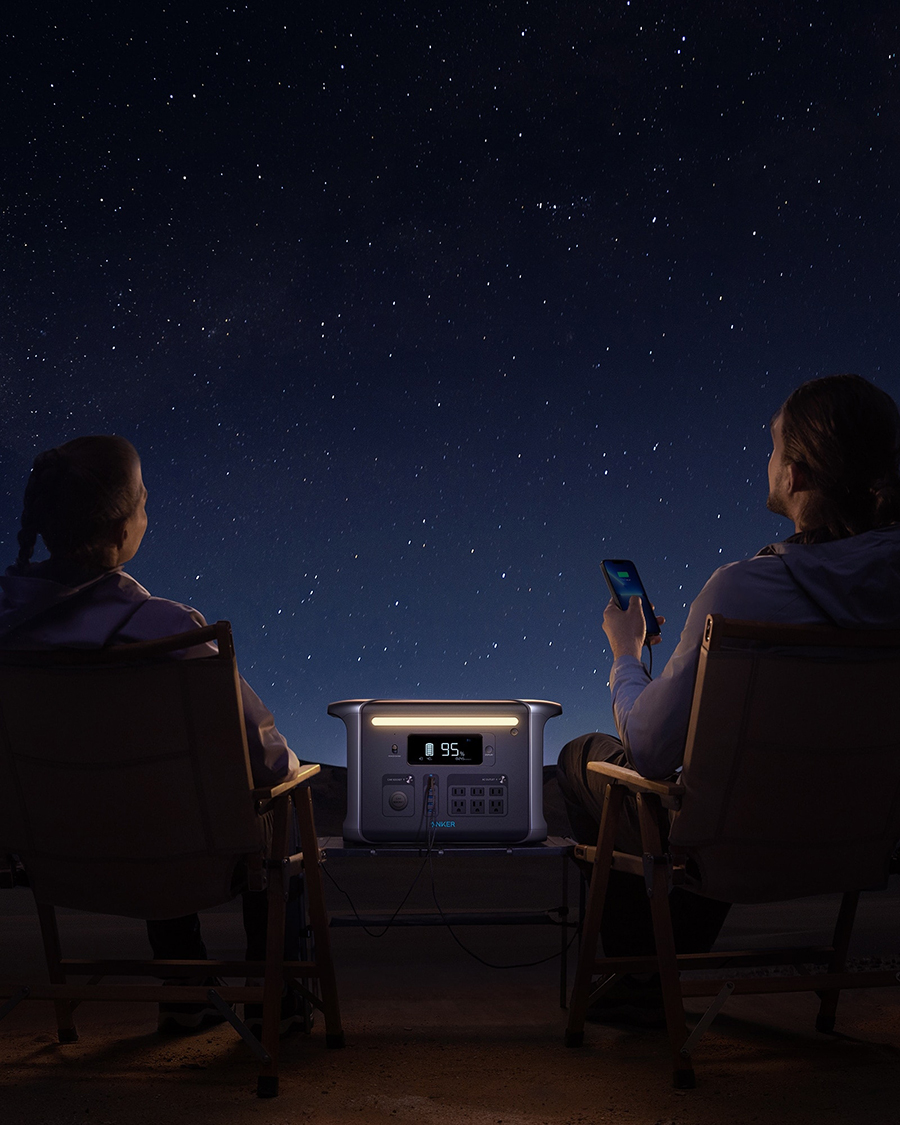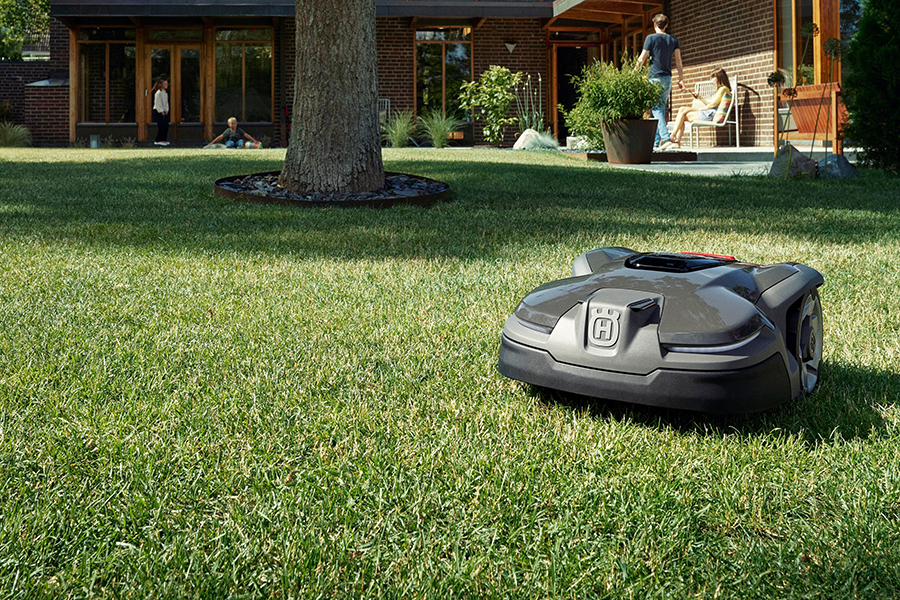Great Gadgets for Cottaging, Camping or RVing

Thanks to portable devices like small power generators, mobile hot spots and phone boosters, cottaging, RVing and camping can be a more pampered experience. Photo: Don Mason/Getty Images
With the warmer weather upon us and fewer (or no) pandemic-era travel restrictions, perhaps you’re considering a road trip to a provincial park, camping ground or maybe a weekend visit to a lakeside summer home.
‘Tis the season to get out — and stay out — but, understandably, many want to keep some of the same comforts of home in the process, including access to electricity, Wi-Fi and cellular connectivity.
Fortunately, you can have your cake and eat it, too, thanks to portable devices like small power generators, mobile hotspots and phone boosters — all of which could make cottaging, RVing and camping/glamping a more pampered experience. The following are a few tips and tools to consider ahead of your summer excursions.
Stay Connected
Along with bringing a smartphone, tablet or laptop, you’ll likely want to use the internet for work or play, and there are a few ways to ensure fast and reliable access.
Options for high-speed internet will vary based on your location and if you need something temporarily (at a camp site) or long-term (say, at a cottage or cabin you own). If satellite-based service (like Elon Musk’s Starlink) isn’t yet available where your summer home is, or you have too many trees or other objects that can make it difficult for the dish to get a clear signal, you could benefit from a “mobile hotspot device” from your phone provider.
Using 4G or 5G connectivity, these are essentially little modems that let you share your cellular network connection with other devices, so they can all access the internet. You would join devices (like a laptop) to your hot spot via Wi-Fi, but then it’s leveraging cellular technology to get online. You will be charged for any data they use, according to your monthly data plan, or if you pick up a separate plan with the hot spot device.
All major phone providers offer affordable mobile hot spot solutions and plans, many of which have a back-up battery in the event the power goes out.
Rogers, for example, has models ranging from $200 to $260, plus data costs. Bell’s Mobile Hotspots range from $150 to $600, plus data costs. Similarly, TELUS offers solutions from $180 to $480, plus data.

Boost Your Reception
Speaking of wireless reception, cellphone signal boosters are another popular purchase among those who spend time in remote locations.
Some can be mounted to your car, truck, SUV or RV, while others can be affixed to the roof (or side) of a home or cottage.
The outside antenna of the phone captures the signal from a nearby cell tower, which is connected to the interior components. Your phone picks up and amplifies the signal to send it back to the tower. Sometimes the outside antenna needs to be aimed at a cell tower, if there are no obstructions, while other antennas are omni-directional.
The SureCall Flare 3.0 ($450), for instance, covers up to 3,500 square feet, and works with any brand of cell phone or smartphone (or hot spots), regardless of the phone carrier. It supports 4G/LTE and 5G networks. Mounting hardware and a 50-foot RG-6 cable are included.

Back-Up Power
Those who spend time in remote locales know all too well, inclement weather could knock out power, even temporary, which might impede your ability to stay connected (and if need be, get work done).
Always keep your devices juiced up, just in case, and keep a portable battery booster (“power bank”) and charging cables in a backpack, jacket pocket or purse (and make sure they’re powered up, too!).
Anker, a leading portable power company, also has its PowerStation-branded battery power generators that can charge up or run virtually any device when off the grid, such as when camping or RVing. Because they’re not gasoline-based generators, they can also be safely used indoors.

On a related note, to safeguard your computer and other indoor electronics, make sure your power strip has a “surge protection” feature, which defends against possible voltage spikes that could damage your electronics (often after the power returns).
And remember to make a copy of your important computer files on a regular basis. Free cloud services are fine, but remember if the power or internet goes down, you’ll be without your files, so consider a local (offline) solution, too, such as an external drive from WD or SanDisk.
Put Robots to Work
Finally, while you may be enjoying a stay at your cabin or cottage, chances are you don’t want to spend your downtime cleaning the place.
Robotic vacuum cleaners, like the Roomba family (from $370), can vacuum and/or mop, so you don’t have to. You may also be aware of autonomous window washers.

But you might not know you can also have a robot do your lawn cutting. From Husqvarna, Automower Robotic Mowers (from $1,500) save time and maintain a manicured lawn. Using GPS navigation and an installed guide wire, these battery-powered mowers autonomously navigate your property with its razor-sharp blades, rain or shine, and because it’s super quiet, during the day or night. Tiny grass clippings are recycled onto the lawn as a natural fertilizer. When it detects its running low on battery, it intelligently drives itself back to the base to charge up.
You can start, stop and schedule the mower via an app or a compatible smart speaker.
RELATED:
Emergency Ready: Tech Tools to Protect You and Your Property During a Natural Disaster
5 Tips for an Unforgettable RV Trip
Great Gadgets to Help With Relaxation, Mindfulness and Meditation